.png)
.png)
What are They?
What is a ball jointed doll?
.png)
.png)
What is a ball jointed doll?
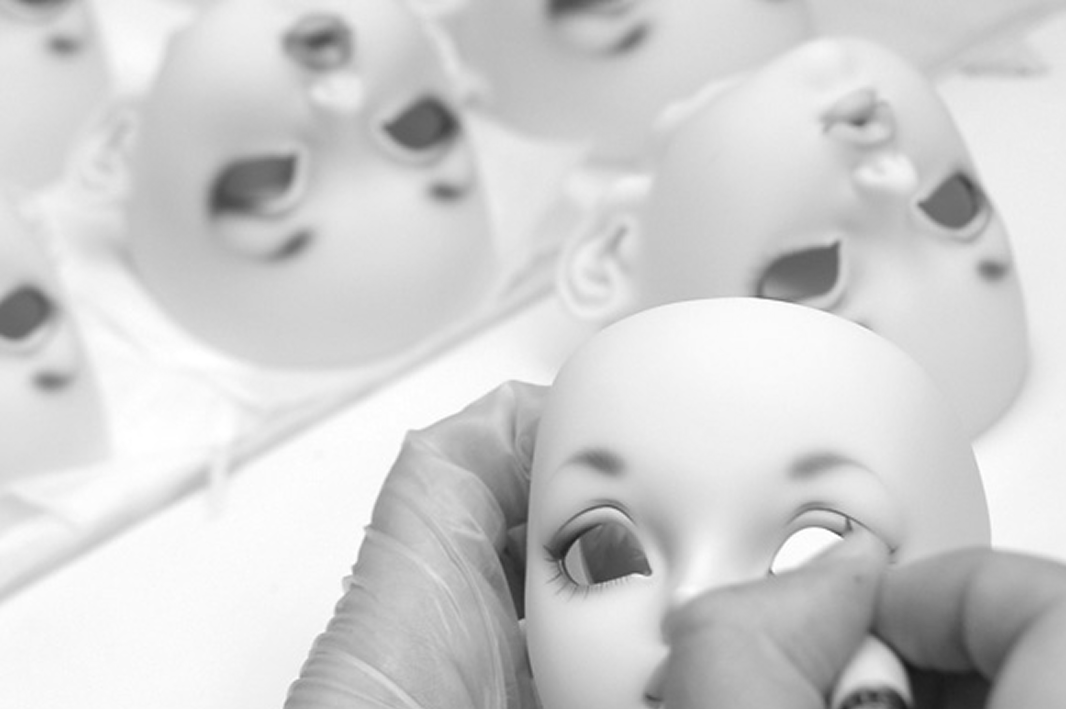
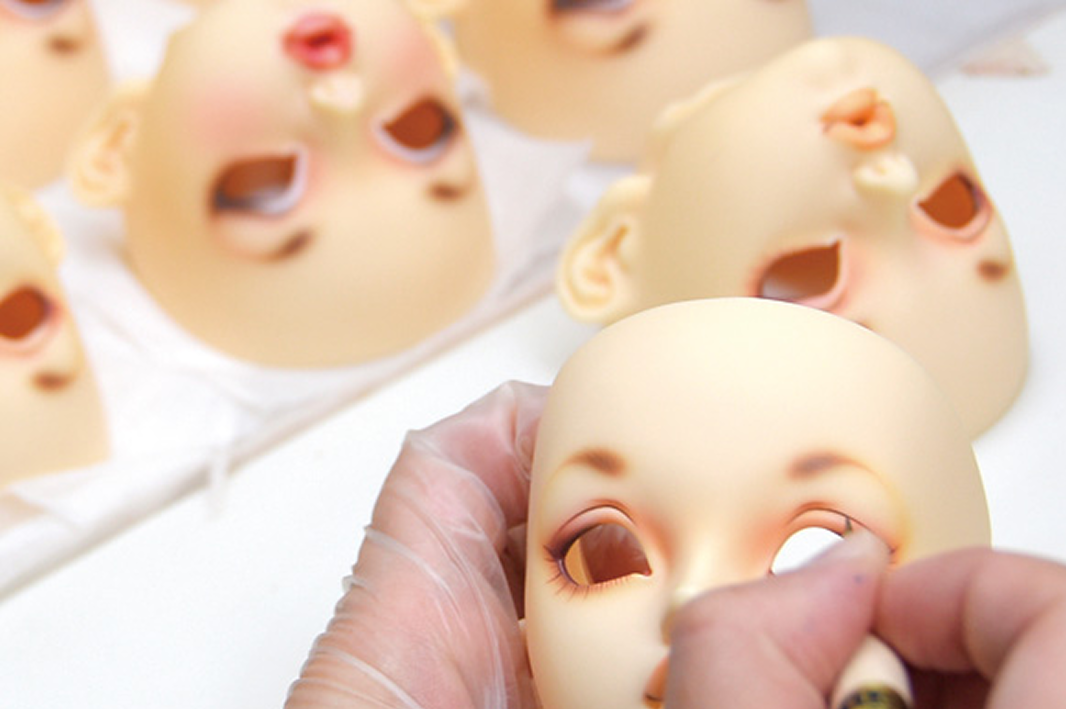
What goes into making a ball jointed doll.
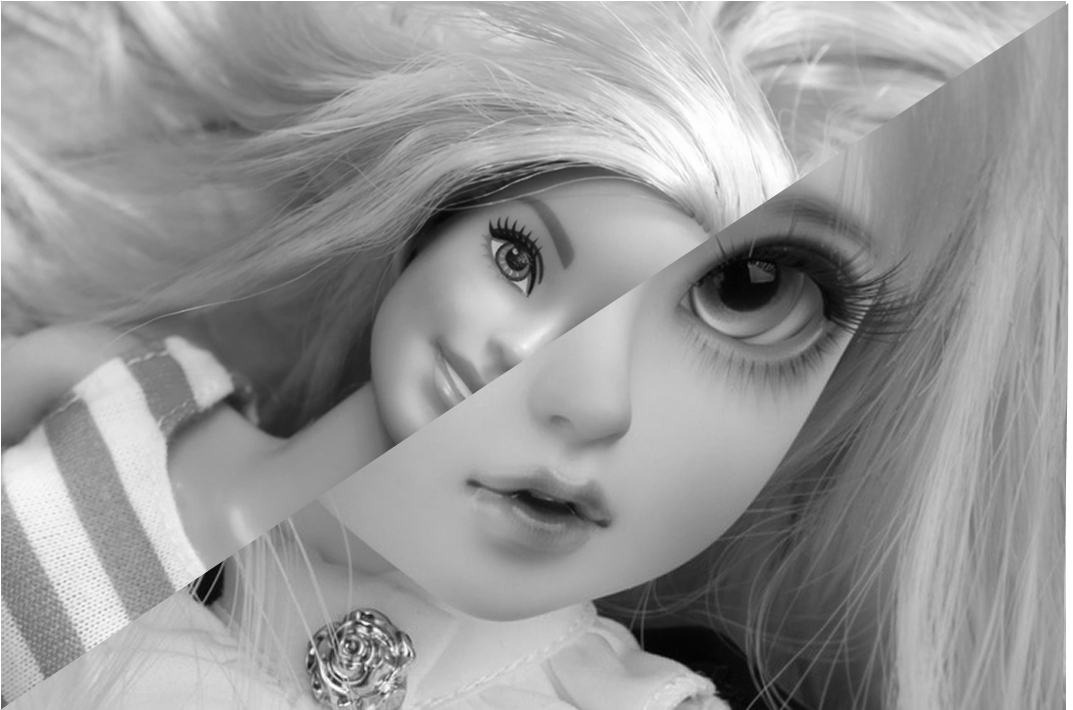
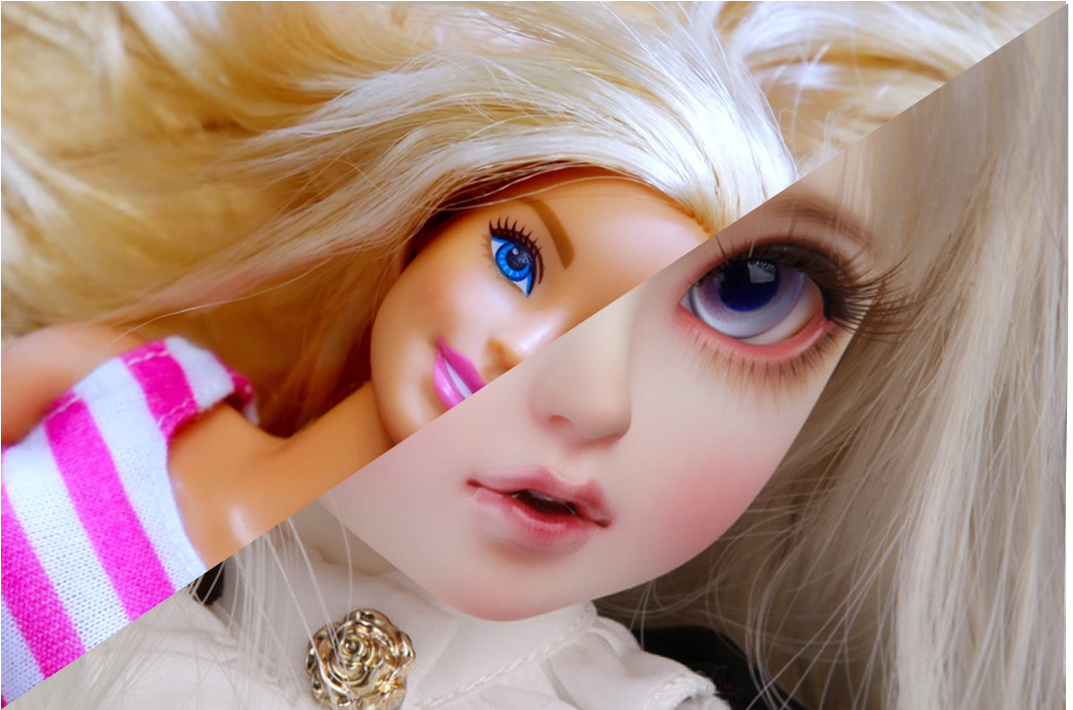
What's the difference between a playline doll & a BJD?
.png)
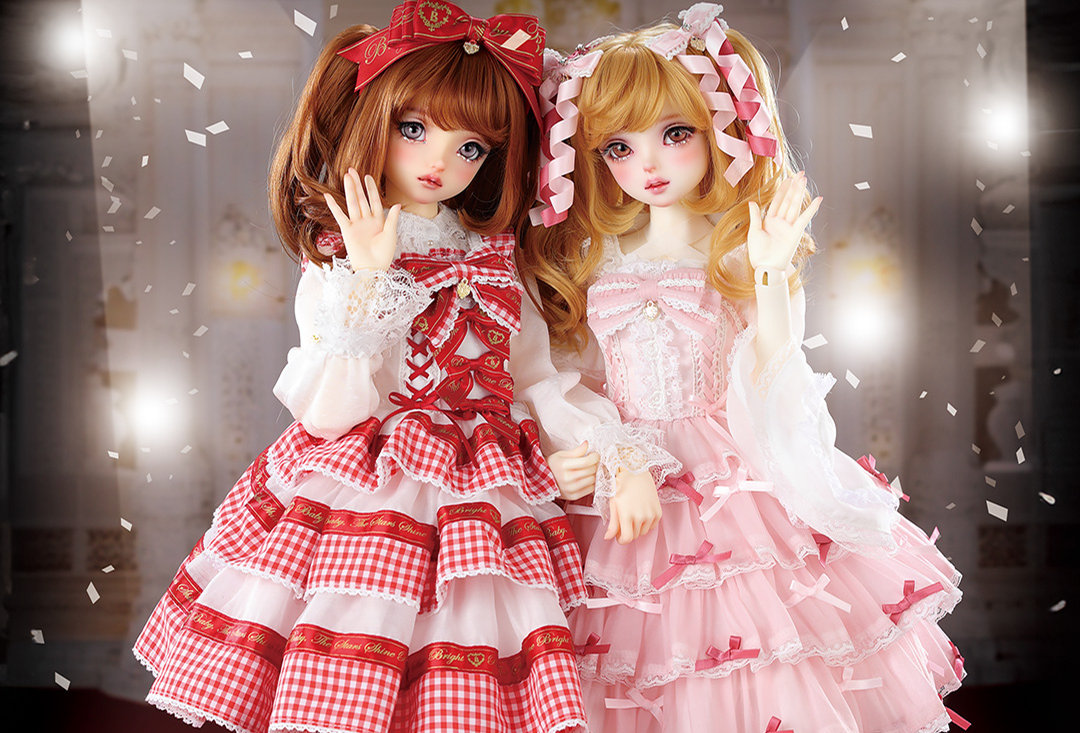
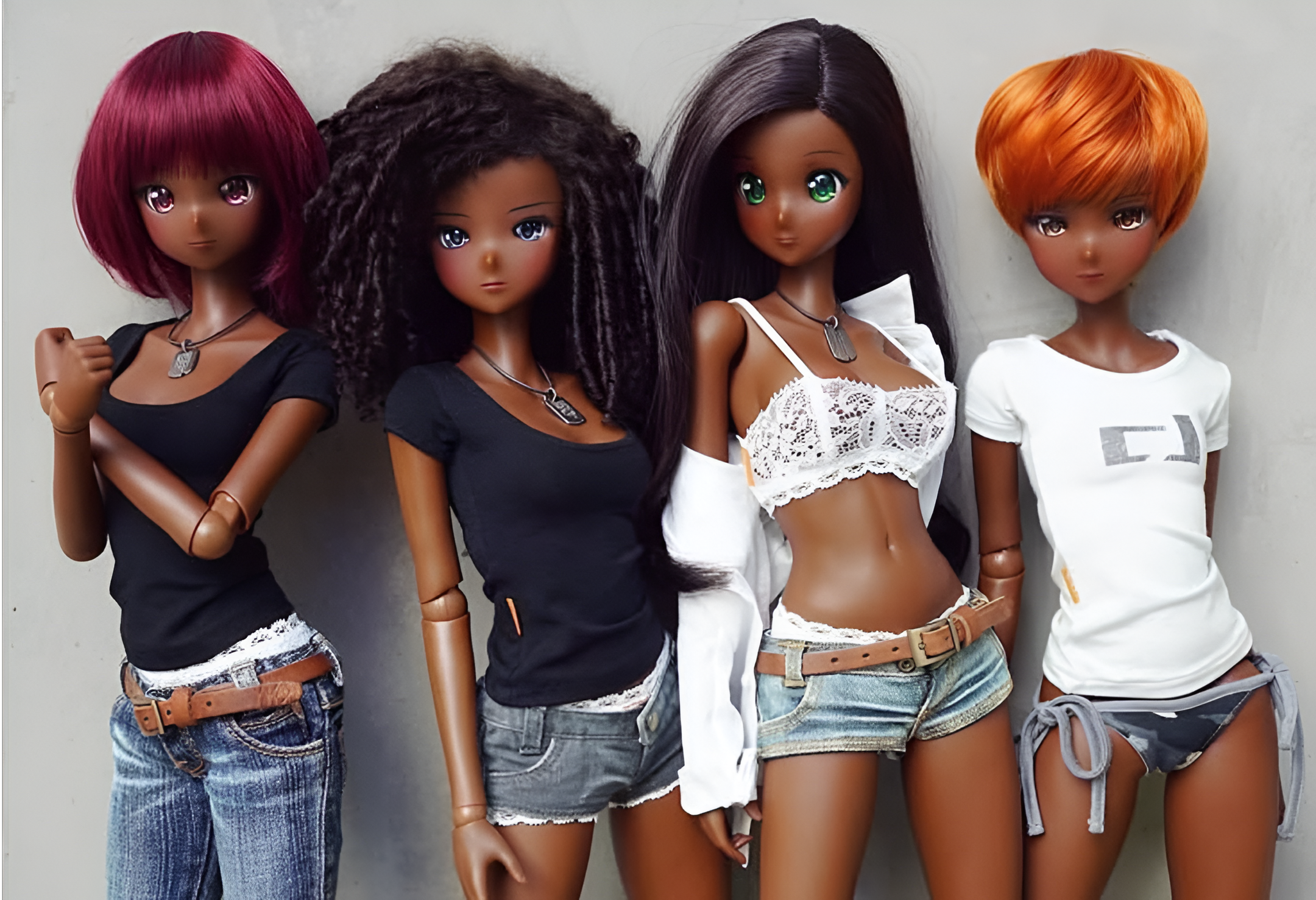
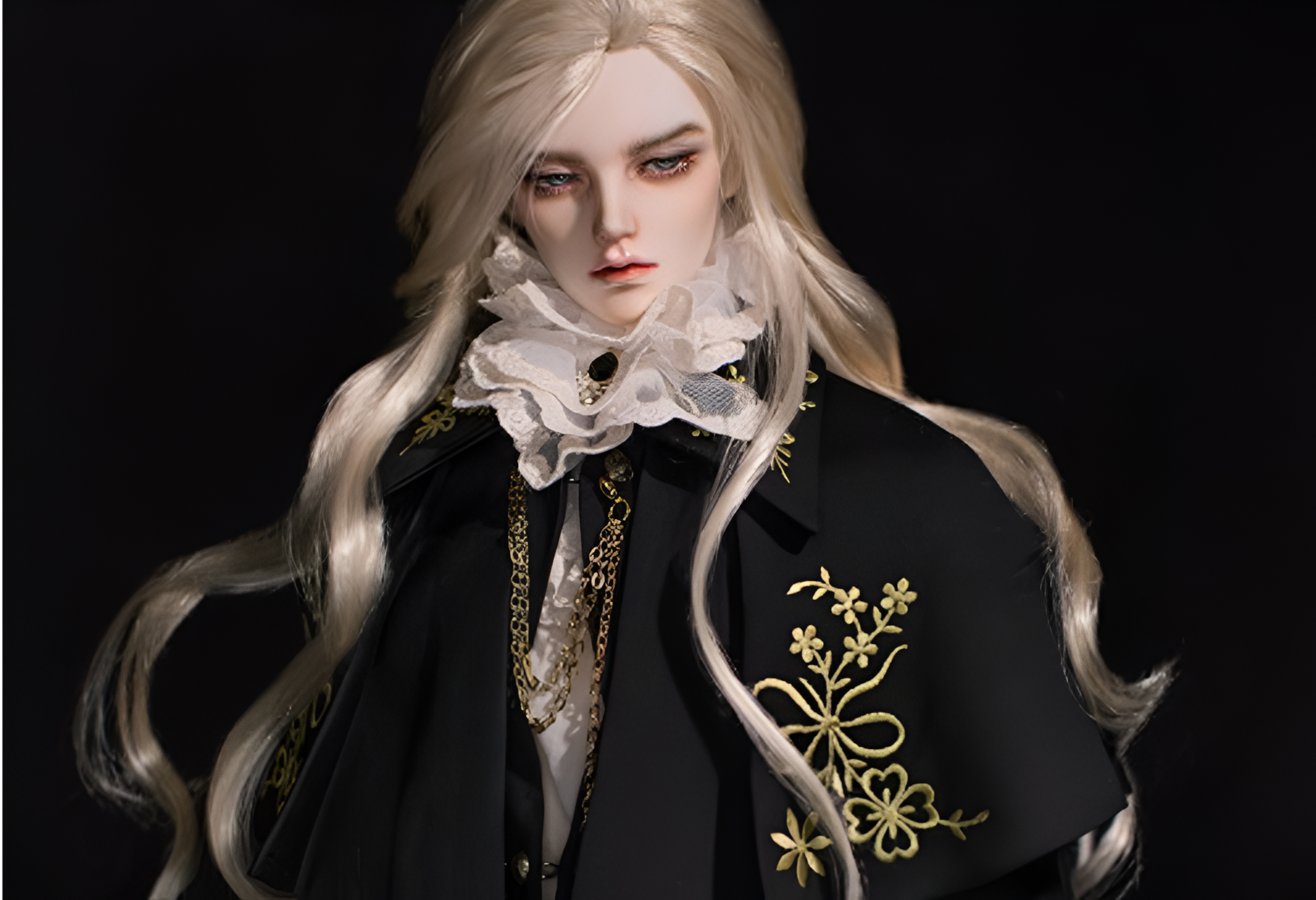
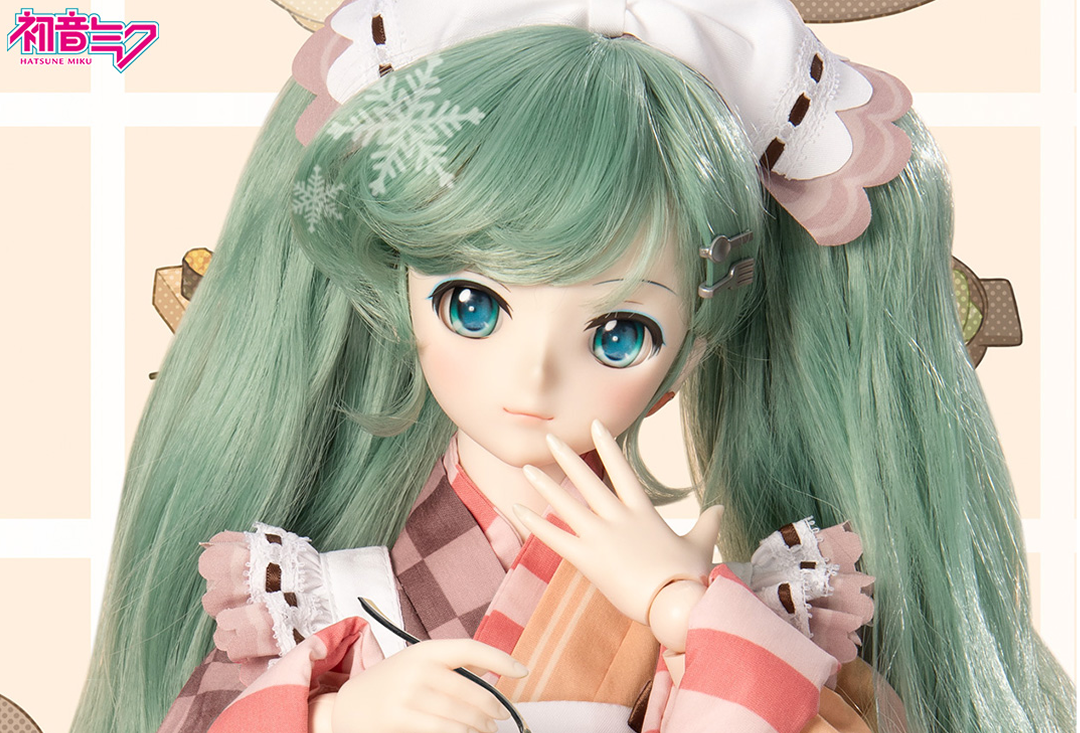
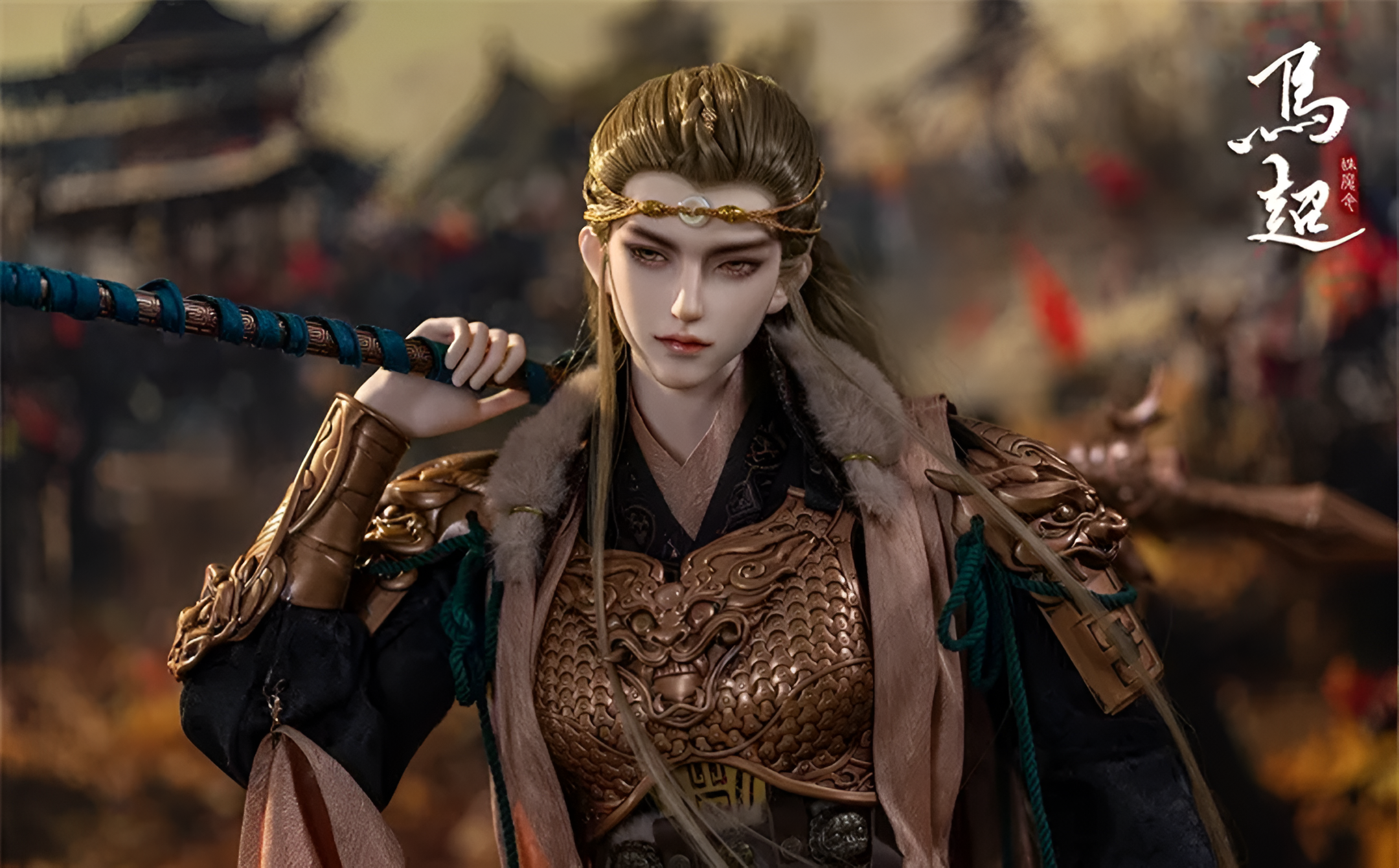
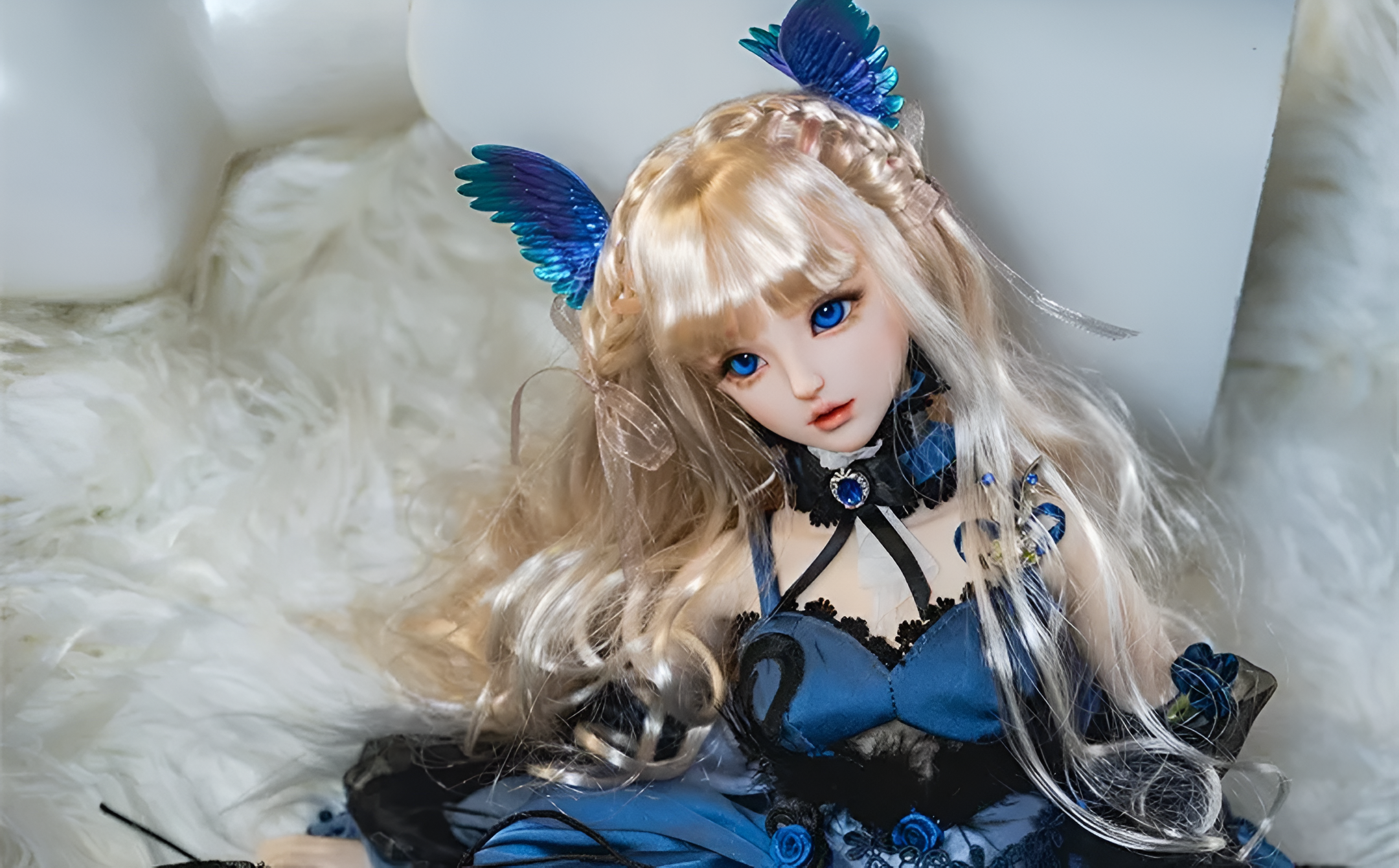
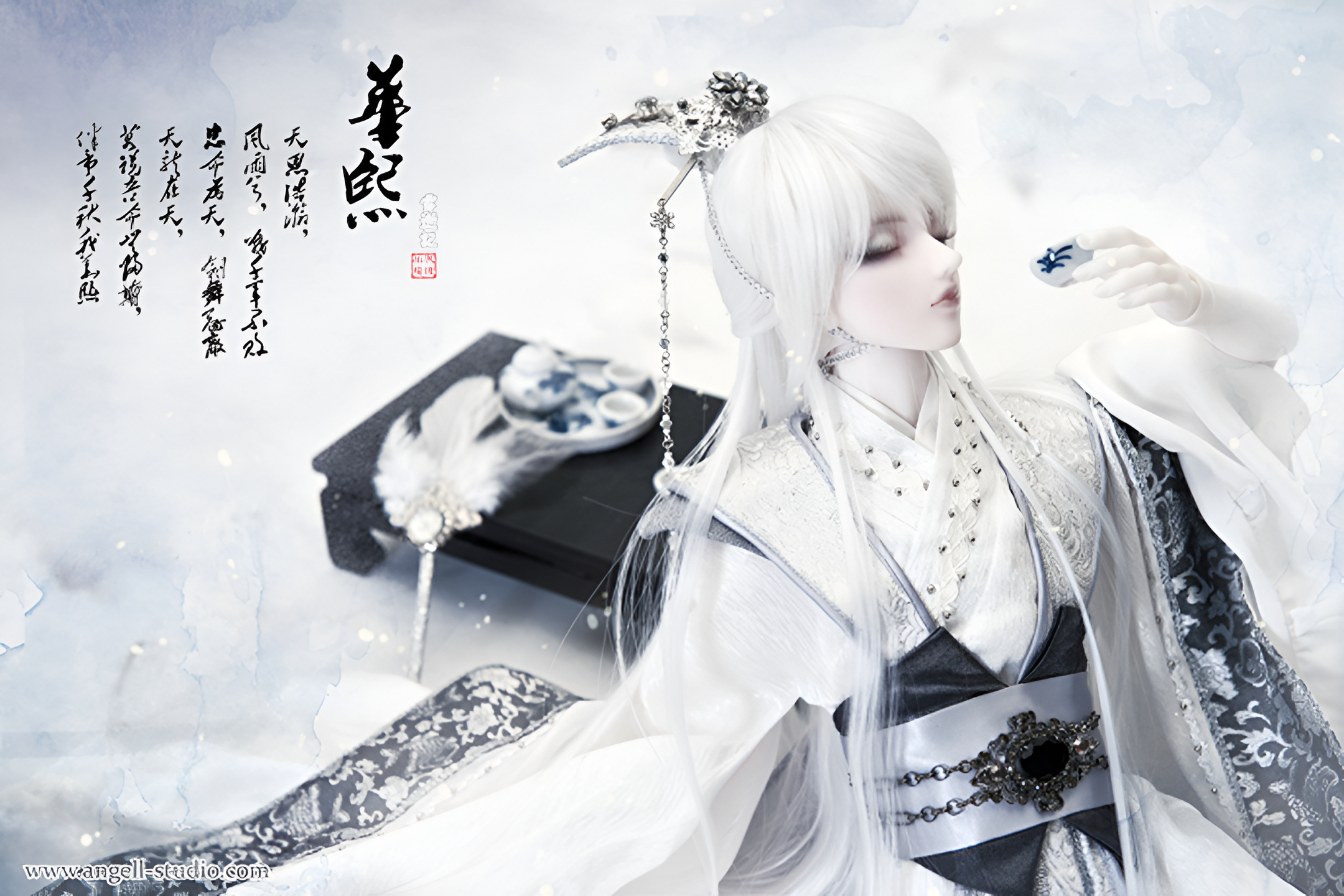
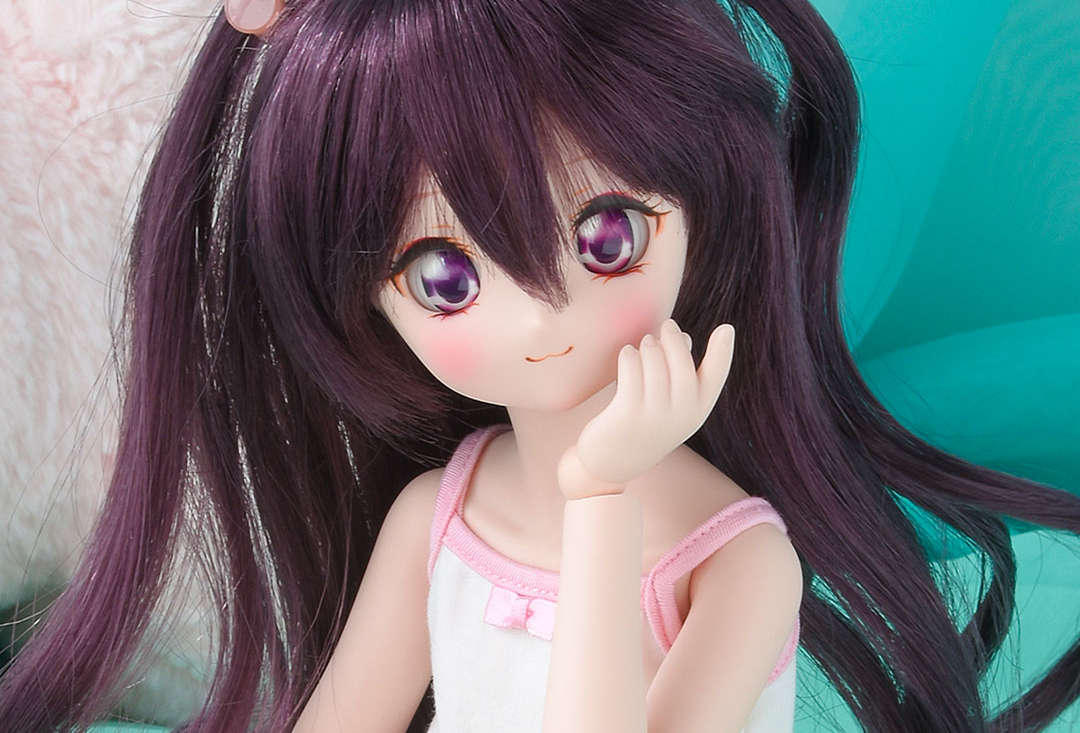
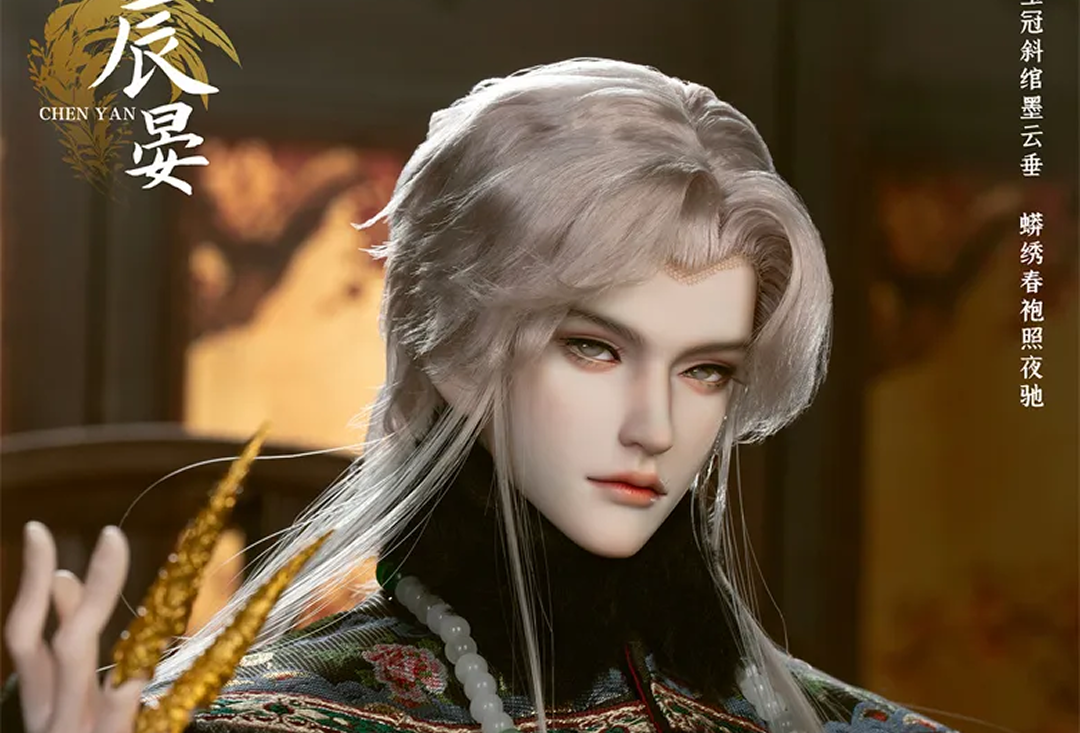
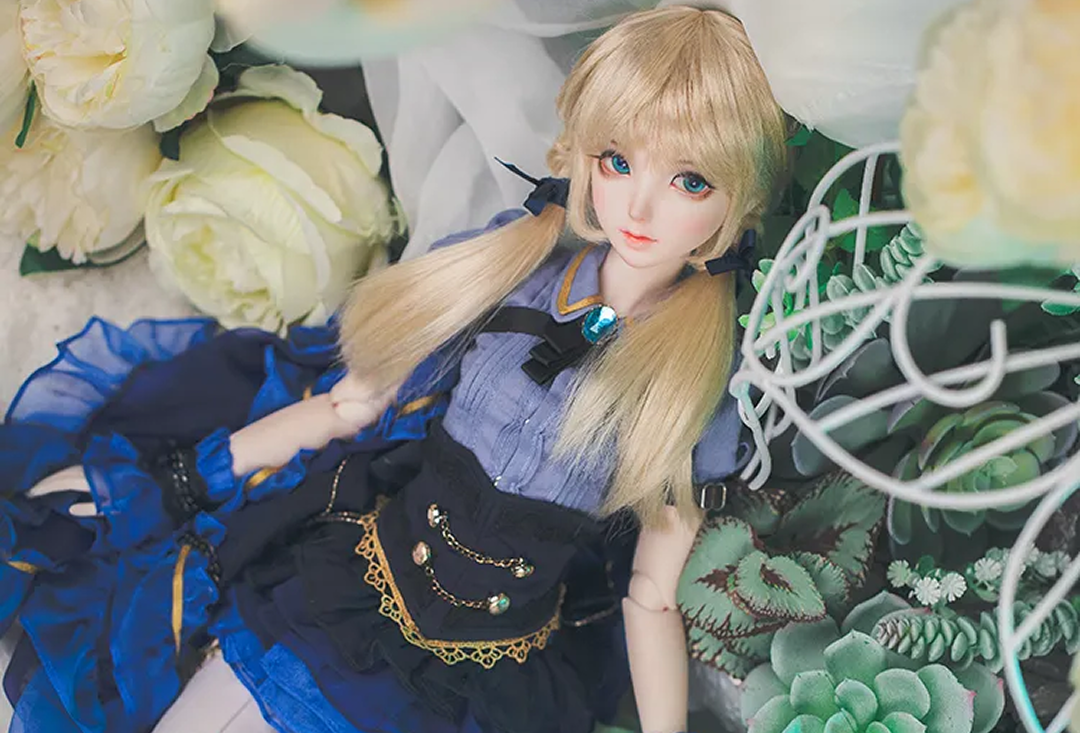
So what is a BJD and where did they come from? The term BJD stands for ball jointed doll, though they can also be reffered to as ABJD which stands for Asian ball jointed doll. These type of dolls are casted in polyurethane resin and then articulated by ball joints and are usually held together by strong elastics. The heights of these dolls change range from 60cm (24 in) to 10cm (4in). Articulated dolls have always been around in history but the commercial production of BJDs started in 1999 with the Japanese company Volks. The company Volks started as a hobby shop that sold garage kits owned by Mr. and Mrs Shigeta. Mrs Shigeta found a strong interest in a handmade doll one of the sculptures for their garage kits made for his wife. Her strong interest for that doll led to them making their first doll line called "Super Dollfie". These dolls stood 57cm (22 in) tall and were made to be extremely customizable. The creation of this doll line inspired the creation of other ball jointed doll companies in other parts of Japan and in Asia.
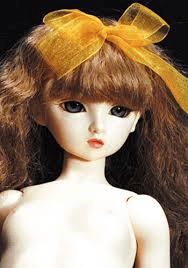
One of the first BJD models made by Volks
The styles of BJDs are often inspired by anime but they can also be realistic. Some companies like Volks make dolls based on already existing characters, such as Hatsune Miku including her two other variants (Snow Miku and Sakura Miku), Yui & Mio (K-On!), Rei & Asuka (Neon Genesis Evangelion) and Haruhi Suzumiya (Melancholy of Haruhi Suzumiya) just to name a few.

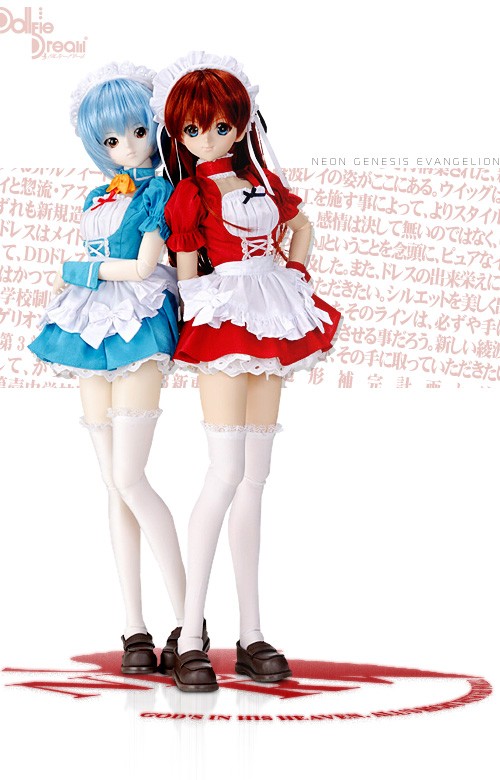
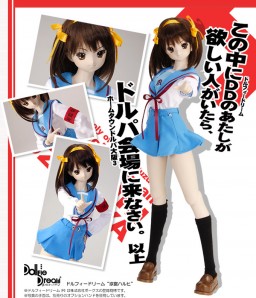
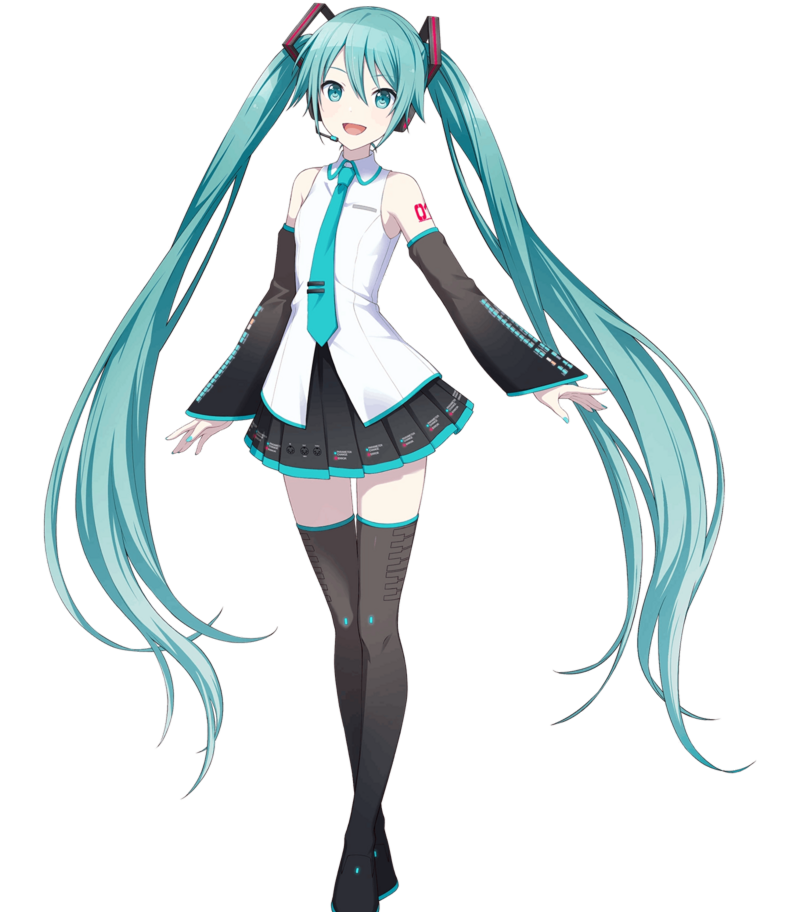
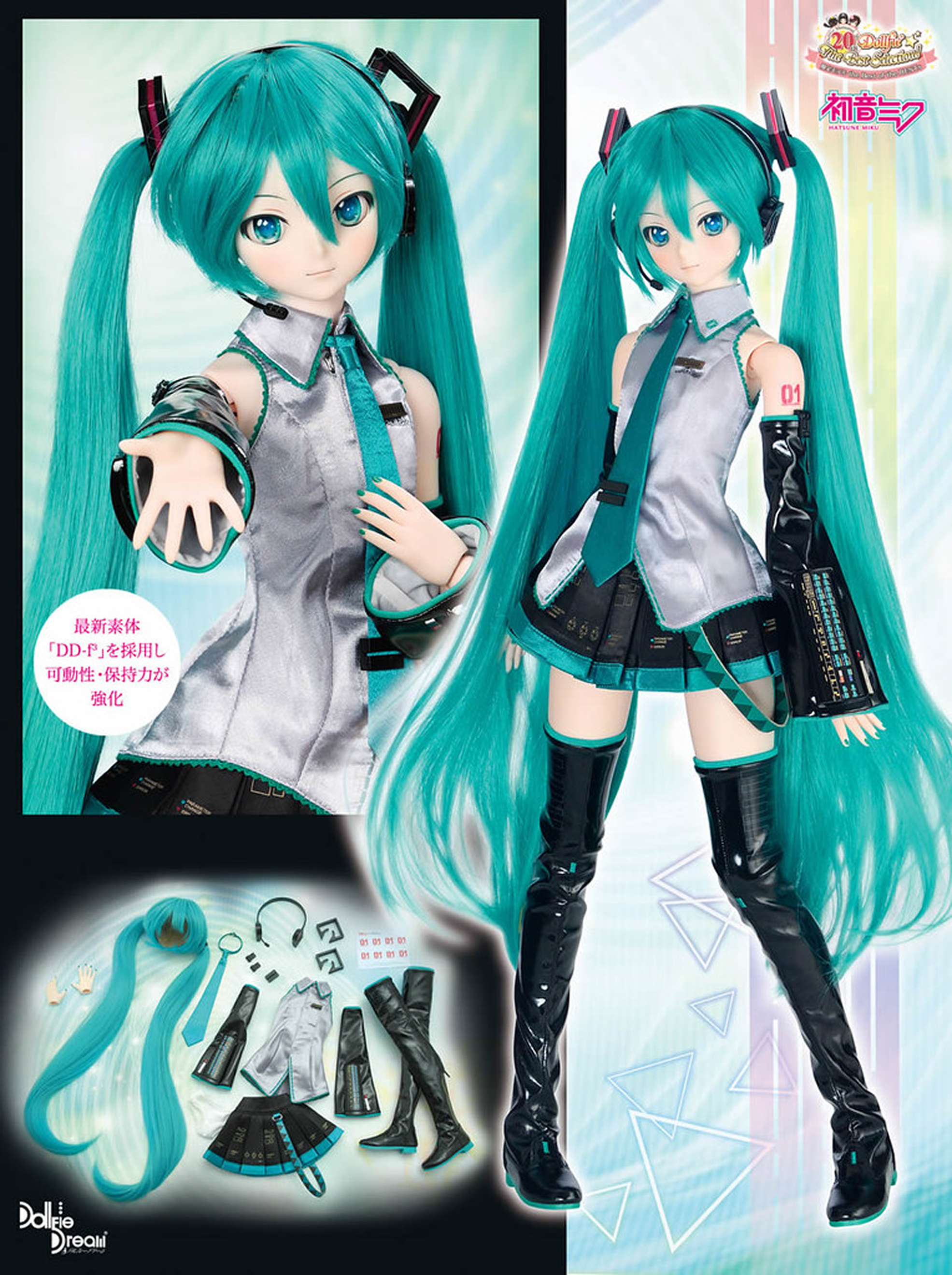
The process of making a BJD is a long one, the bodies of these dolls are sculpted either by polymer clay or made digitally on 3D platforms such as Blender or Zbrush. Companies will then put the clay or 3D printed sculpts and make them into molds to then fill them with polyurethane resin. People who make these dolls as a hobby tend not do the casting process and will just use their clay or 3D printed pieces as the body parts for their doll. These type of dolls are made to be customized so the process can end here and the customer buy the doll with a blank face and can paint the face of their doll themselves. Now it's time to paint the faces on the doll, this process is reffered to as the faceup since it's not just painting on makeup but painting on face details like eyebrows, blush, bottom lashes etc. All of these details are hand painted on by an artist for each and every doll. Once that's done some companies will add lashes to the doll before inserting the eyes into the head mold. At the end a custom wig is added to fit the head of the specific doll sculpt and will be placed onto the doll and the process is finished!
Here's a video of someone printing and customizing their own BJD
Even though BJDs and playline (Barbie, Monster High, Bratz, etc) are both dolls they are not the same. One key diffference is their retail prices. Playline dolls typically retail for around $20 while BJD prices can start at $200 and go upwards to over $2000, espicially if that doll was only sold for a limited time. These type of dolls aren't meant to be played with and are meant for collecting and artistic projects. There are Barbie dolls that are also meant for collecting that do sell at higher prices but they are produced at higher quantity with different materials in comparison to BJDs. The faces of playlines aren't painted on, rather they use machines to print the faces on the dolls head. Playline dolls don't allow for full customization with the features they have such as rooted hair and painted on eyes.